Trademark protection as a 3D Union trademark for the shape of a gold-coloured butter dish shaped as a wave was rejected by the CJEU – although the EUIPO has approved comparable trademarks. The court found butter to be comparable to spreads such as tomato paste and Dulce de Leche and their packaging – and gold colour was not unusual for butter.
Trade mark must be distinctive
If a sign is devoid of distinctive character, it has no function as an indication of origin for consumers. Therefore, there is an absolute ground for refusal under Article 7(1)(b) of EU Regulation No 207/2009 for such a trade mark application as a Union trade mark.
Board of Appeal refused trade mark application
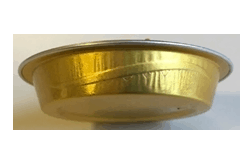
Accordingly, in the contested decision, the Board of Appeal found that the mark applied for was devoid of any distinctive character and rejected the application for registration.
Thus, the applicant Isigny-Sainte Mère (France) had applied in vain for registration of the shape of a gold-coloured butter dish shaped as a wave as a 3D Union trade mark in Nice Class 29. The applicant appealed against that decision to the European Court (CJEU, CFI), citing the original elements in the mark applied for. In addition, the plaintiff referred to comparable trademarks for which the EUIPO had granted trademark protection.
CJEU confirms contested decision
The CJEU rejected this. The applicant submits that the Board of Appeal was right to find that the mark was devoid of distinctive character. In the contested decision, the Board of Appeal had relied on the existence on the market of packaging which was very similar to the mark applied for, in particular tomato purée and dulce de leche, since, like butter, they were consumed in the same way as packaging, especially for breakfast in hotels and cafés.
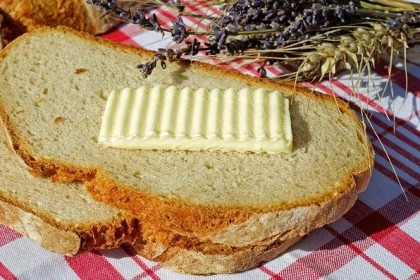
Material and colour not sufficiently different from the standard
The material and colour of the 3D mark applied for are not capable of demonstrating that the shape of the mark ‘departs significantly’ from the norm or customs of the sector, the CJEU held. Gold paint is not unusual for butter and it does not follow from the trade mark application that the container is specifically made of aluminium, as the applicant had claimed the material ‘gold aluminium’.
Base formed as a wave, often in packaging
Nor was the particular shape of the butter dish, with a bottom shaped as a wave, considered to be sufficiently distinctive. Such a concentrically shaped base is a very common feature of packaging – also of butter, the CFI explained. Moreover, the applicant had not excluded the possibility that such elements in the shape of its sign might be used in the food industry, in particular for milky products.
The consumer would therefore perceive the disputed sign as a mere variant of similar packaging and not as a trade mark. The trade mark application is therefore devoid of distinctive character within the meaning of Article 7(1)(b) of Regulation No 2017/1001, the CJEU held.
CJEU and ECJ are not bound by decisions of EUIPO
The Court then went on to deal in detail with the applicant’s argument that the EUIPO had granted trade mark protection in comparable cases. Although the principle of equal treatment applied, the Court stressed that this meant taking into account and paying particular attention to decisions already taken on similar applications. However, this must also be reconciled with respect for legality; it is by no means possible to successfully plead illegality, the CJEU once again explained the common practice. An examination must therefore take place in each specific case.
Moreover, the decisions of the Boards of Appeal concerning the registration of a sign as a trade mark of the European Union fall within a related competence only and not within a discretionary power. In short, neither the CJEU nor the ECJ are bound by decisions of the EUIPO examiners, they do not judge on the basis of a previous practice of the Boards of Appeal. The interpretation of EU Regulation 2017/1001, according to which the Boards of Appeal must also make their decisions, is therefore decisive for the CJEU, the CJEU explained.
Moreover, the Court added that the Board of Appeal is not obliged to comment on all arguments put forward by the parties. The reasons for the decision of the Board of Appeal must be made clear and the competent court must be given sufficient information to carry out its review. That is the case in the present case, contrary to the applicant’s view.
Finally, the CJEU dismissed the action in its entirety, thereby confirming the refusal to register the gold-coloured butter dish with a bottom shaped as a wave as a 3D Union trade mark.
Would you also like to protect your trademark or brand?
Our lawyers are experienced in trademark and patent law, national and international law.

Sources:
Urteil des EuG ‘als Welle geformte Butterdose’; EU:T:2020:138
Image:



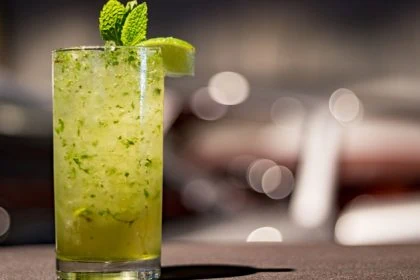
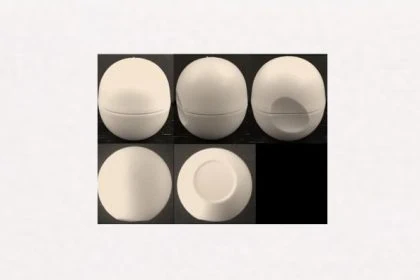
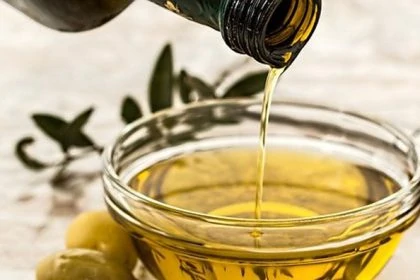

Leave a Reply